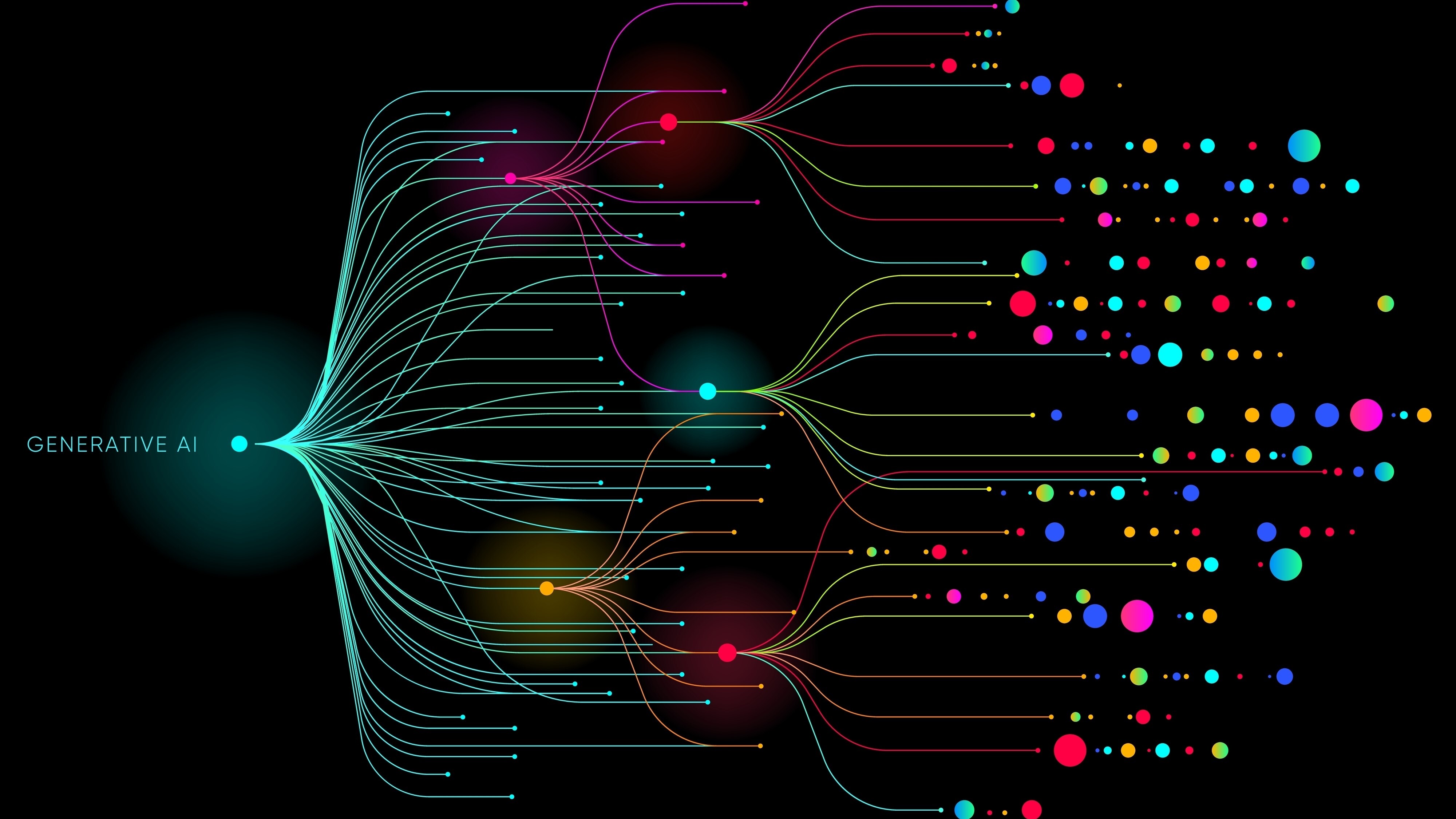
As per The New York Times, Chinese firm 01.AI’s Yi-Large Global SOTA LLM, based on open-source technology, scored nearly as well as its American counterparts, like GPT-4o and Llama-3. Another AI tool called Kling, a video generator, is also publicly available in China. It works similarly to Open AI’s Sora, but unlike the latter, which is still limited access, Kling is already widely available to almost all users.
The AI boom started in the United States with the release of ChatGPT in late 2022. However, Chinese companies are quickly catching up on the back of open-source AI code, which allows other users to build upon, iterate, and improve existing AI tech. Open-source (or open-standard) is the backbone of many of our technologies — from operating systems like Linux to new processors like RISC-V.
Many American companies are at the forefront of AI development and have open-sourced their data; however, concerns about the unethical and criminal use of AI technologies have also given them pause, with researchers discussing risks and potential regulations. However, Chinese companies have been less strict about these issues, with many of them making their tech available to the general public as soon as possible and even sharing the code with developers, programmers, and other institutions.
This kind of sharing has turbocharged the progress of AI development in China. Companies that were previously scorned for using open-source code are now leading in AI benchmark tests.
These advancements in AI technologies are happening in China despite the stringent measures that the U.S. is placing against its technological ambitions. The bans and embargoes on high-end chips Washington has placed on Beijing meant that Chinese companies have difficulty sourcing Nvidia’s latest, most potent AI processors. While China is hard at work trying to catch up on the hardware side of things, many experts believe it’s still at least a decade away from achieving parity with the United States.
It’s evident, though, that Chinese tech firms can catch up on the software side despite the hardware bans. Nevertheless, the White House wants to change that with a bill in the U.S. Congress that would give the American government more control over limiting the export of American AI code. Some parties are trying to limit the development of open-source AI tech to stop Chinese companies from using it, but doing so might do more harm than good for the U.S.
Clément Delangue, the CEO of Hugging Face, a firm that lets its users share its open-source AI projects, said, “Open-source AI is the foundation of AI development,” referring to how the collaboration of researchers and organizations in the U.S. allowed it to become the world leader in AI, “and it looks like China could do the same thing.”
Furthermore, Stanford University’s recently released Llama 3-V LLM is built upon open-source code sourced from China. It shows that Chinese AI technologies have matured to the point that American researchers are now basing their work on them. Delangue warns that if Washington stifles open-source development in the U.S., American AI developers building their tech off open-source Chinese tech could become the norm.
However, despite all the AI advancements China has made based on open-source technology, Professor Yiran Chen of Duke University believes they are still at a disadvantage. “Chinese companies are good at replicating and improving what the U.S. already has,” Chen said. “They are not as good at inventing something completely new that will bypass the U.S. in five to ten years.”
Whether this is true or not, we will only see it in a decade. But what happens between now and then could also be dependent on how the U.S. manages the open development and collaboration between companies that led it to become the current leader in AI today.







